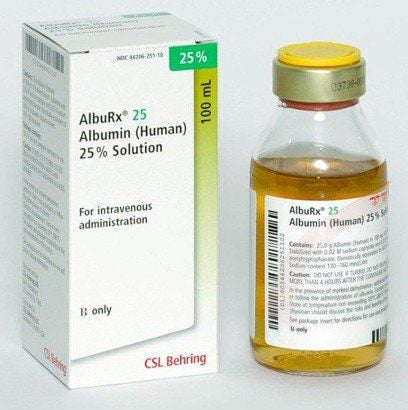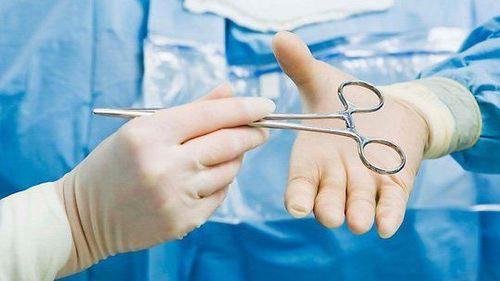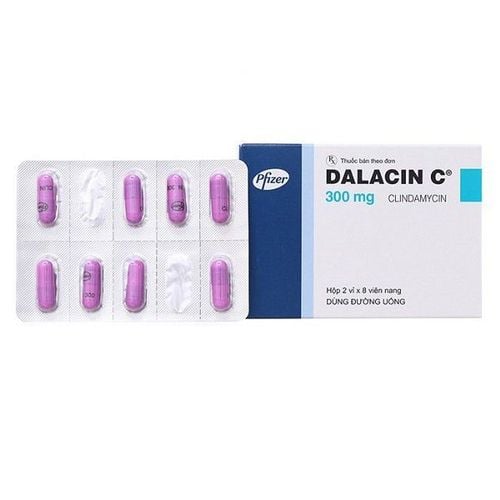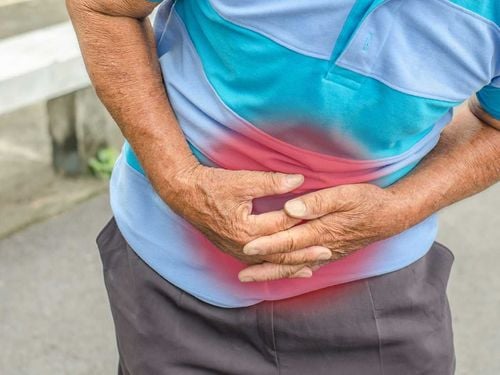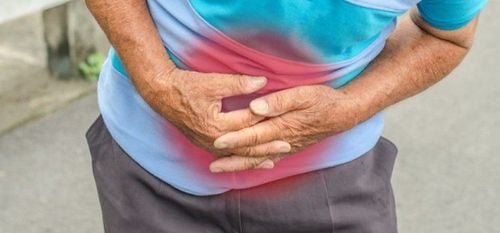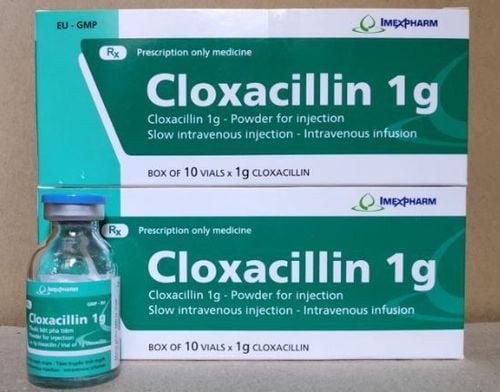This is an automatically translated article.
The article was professionally consulted by MSc Vu Van Quan - Department of General Surgery & Anesthesia, Vinmec Hai Phong International General Hospital. The doctor has more than 10 years of experience working in the field of General Gastroenterology.Acute peritonitis is a serious disease, if not treated promptly, the patient will have a high risk of death. Surgery for acute peritonitis should be performed as soon as possible on the basis of active resuscitation.
1. Causes of acute peritonitis
The peritoneum is the largest serosal membrane in the body, composed of parietal and visceral leaves. Parietal leaves lining the inner wall of the abdomen and pelvis. Visceral leaves cover the organs in the abdomen. The space between the parietal and visceral leaves is called the peritoneal cavity. The peritoneal cavity contains a little fluid, which reduces the contact between organs. The peritoneum has an important function to help cover and protect the internal organs. When there is an infection, the peritoneum tends to make a wall around to localize the infection.Peritonitis is an inflammation of the peritoneum, usually caused by a bacterial or fungal infection. According to disease progression, peritonitis can be divided into acute generalized peritonitis and focal peritonitis. According to the etiology of the disease, it can be divided into primary peritonitis and secondary peritonitis.
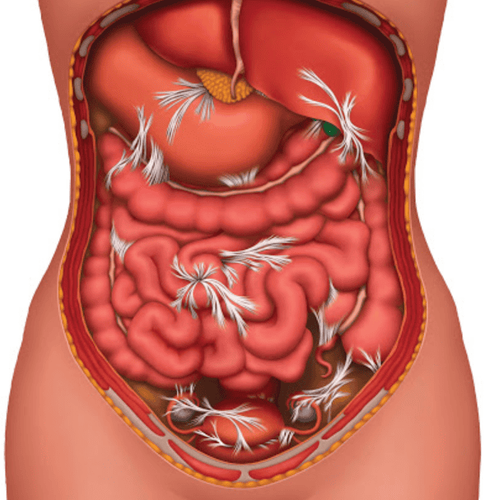
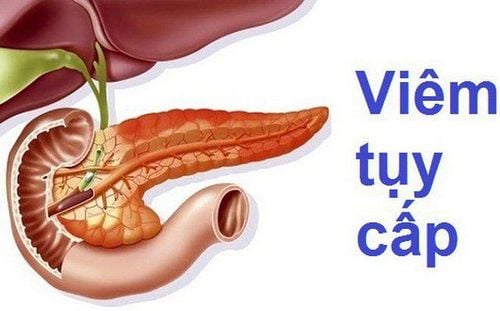
2. Symptoms of acute peritonitis
Symptoms of acute peritonitis vary widely depending on the cause. Common symptoms include:Constant abdominal pain, initially localized, then diffused Vomiting, hiccups Passing bowel movements, sometimes diarrhea Stiff abdominal muscles, peritoneal tenderness Infection: high fever , rapid pulse, dirty tongue, dry lips, rapid shallow breathing, bad breath Drowsiness, slurred speech, nervous anxiety, when awake and in coma, sunken eyes, emaciated face, rapid pulse, hypothermia, oliguria or anuria. The doctor will diagnose acute peritonitis based on physical examination and laboratory techniques.
If the patient is young, healthy, and comes to the clinic early, the doctor often finds the abdominal wall stiff with symptoms such as: when pressing on the abdomen, it feels as hard as wood, the abdomen does not participate in breathing, and the straight muscles are prominent. On percussion, free air in the peritoneal cavity can be detected, decreased intestinal motility is heard, and Douglas' sign is bulging and painful. If the patient arrives late in the month, there may be no signs of abdominal cramping, the patient has symptoms of intestinal obstruction, the abdomen is resistant, the general condition changes,... Clinical examination: increased white blood cell count, white blood cell count left shift bridge, Hematocrit increased due to dehydration, electrolyte disturbances, blood urea increased,... X-ray film can show specific signs for each cause of peritonitis such as water level, blood level. gas in intestinal obstruction, crescent below diaphragm in perforated peptic ulcer,... Abdominal effusion is the most important test for diagnosing peritonitis. Endoscopy and culture of abdominal fluid to identify pathogenic bacteria.
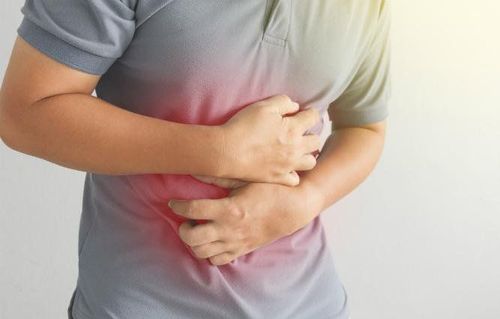
3. Surgery for acute peritonitis should be done soon
Acute peritonitis is a serious disease, if not treated promptly, the patient will have a high risk of death. With primary peritonitis, the infection can be treated with empiric antibiotics. After having the results of the antibiogram, the treatment is according to the antibiotic chart. Duration of treatment is 5-14 days depending on the patient's response.For secondary acute peritonitis, the principle of treatment is a combination of active resuscitation and surgical surgery. Medical treatment helps to resuscitate, provide energy, reduce infection, prevent shock and multi-organ failure. While surgical surgery eliminates the cause and clears the infection.
3.1 Intensive resuscitation The patient will be given fluids and electrolytes to rehydrate and electrolytes. Adjust acid-base balance, ensure respiration, body temperature,... Strong, broad-spectrum antibiotics, if available, use antibiotics according to the antibiotic chart.
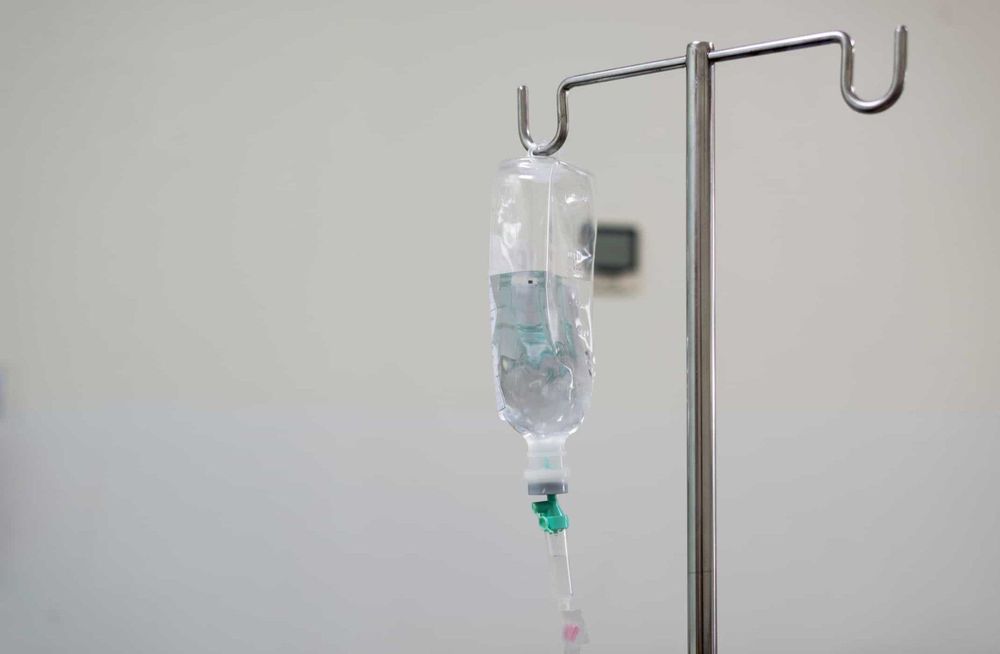
The method of puncture combined with abdominal drainage: is a method of diagnosis and treatment that is commonly used today. The advantage of this method is that it is gentle, less invasive, and highly effective in some special cases. Often applied in cases of abdominal abscess due to various causes such as appendix, diverticulum, ruptured liver abscess,... Laparoscopic surgery: has advantages such as less invasiveness, quick patient recovery, less complications, less scarring,... Laparoscopic surgery is indicated in many cases such as: appendicitis, diverticulitis, adnexitis, perforation of hollow viscera, cholangitis, abscess Broken liver, penetrating abdominal wound, trauma, necrotic intestinal volvulus,...
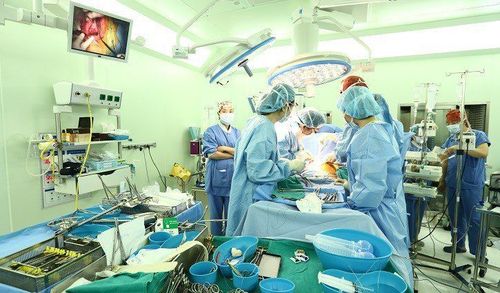
After surgery, the patient needs to continue medical treatment to resuscitate after surgery. Diet according to the disease situation and surgical method. If the postoperative condition is stable, early mobilization is encouraged.
recommended video:
Periodic health check at Vinmec: Protect yourself before it's too late!
Please dial HOTLINE for more information or register for an appointment HERE. Download MyVinmec app to make appointments faster and to manage your bookings easily.





